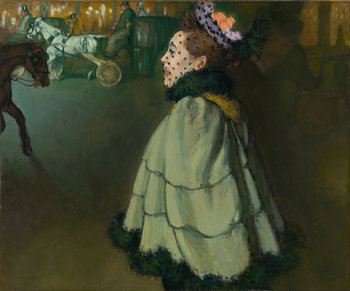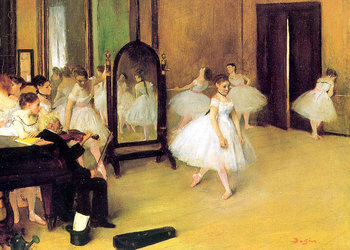
Easy to Learn
An interface that works as users expect or that is easy to learn with a little trial and error.Pleasing
Environments that are pleasant to look at and interact with.Efficient
An interface that allows work to flow efficiently. If an employee has to submit a particular form 100 times a week it may save them several hours a week if the form is densely packed on one screen as opposed to a workflow of 20 screens.Controllable
Experts are able to find the detailed controls they require.Human Friendly
Interfaces that conform to the user as opposed to forcing the user to conform to the technology. Users shouldn't be required to format data in a particular way to make an engineer's job easier.Error Tolerant
A system that is able to correct errors as opposed to giving up and displaying an error message.Error Clarity
When errors occur it is clear why. For example, mystery beeps aren't very helpful.Error Magnitude
Errors that aren't critical are presented in as pleasing format. Urgent errors that impact safety or significant business risks are presented to be impossible to ignore.Informative
Steps and controls are clearly explained such that a user isn't left wondering.Drill Down
Information is summarized with quick access to more details. Generally speaking, it is only necessary to provide drill down for copious information. Hiding information when you only have a few paragraphs isn't typically helpful.Functionality
In the short term, interfaces may be judged by obvious factors such as look-and-feel. In the long term, they are judged by the power of their functionality.Cause & Effect
It is clear what a control does.Value for Effort
Functionality is great relative to the user effort required to use it.Information Density
Information is presented at a density appropriate to its purpose. For example, large amounts of information might be presented at a book-like density.Accessibility
Interfaces that are designed to the edges with easy to read text.Compatibility
Interfaces that are compatible with standard technologies. For example, websites that don't require a browser plugin.Consistency
A technology with a similar interface for all its functions.Navigability
It is easy to locate what you're looking for with tools such as navigation functions and search.Stability
People tend to value stability and may find a tool that is constantly experimenting with its interface to be unfriendly.Clarity
Navigation and functions are clear. For example, text links are generally easier to understand than an icon that attempts to depict some abstract concept.Conventions
Information, functions and navigation follows conventions such as the rules of grammar that are commonly respected in a particular format. For example, avoiding all uppercase text.Engaging
Techniques such as storytelling and gamification that make interfaces addictive and fun.| Overview: Usability | ||
Type | ||
Definition | The value of a user interface to users. | |
Related Concepts | ||


































